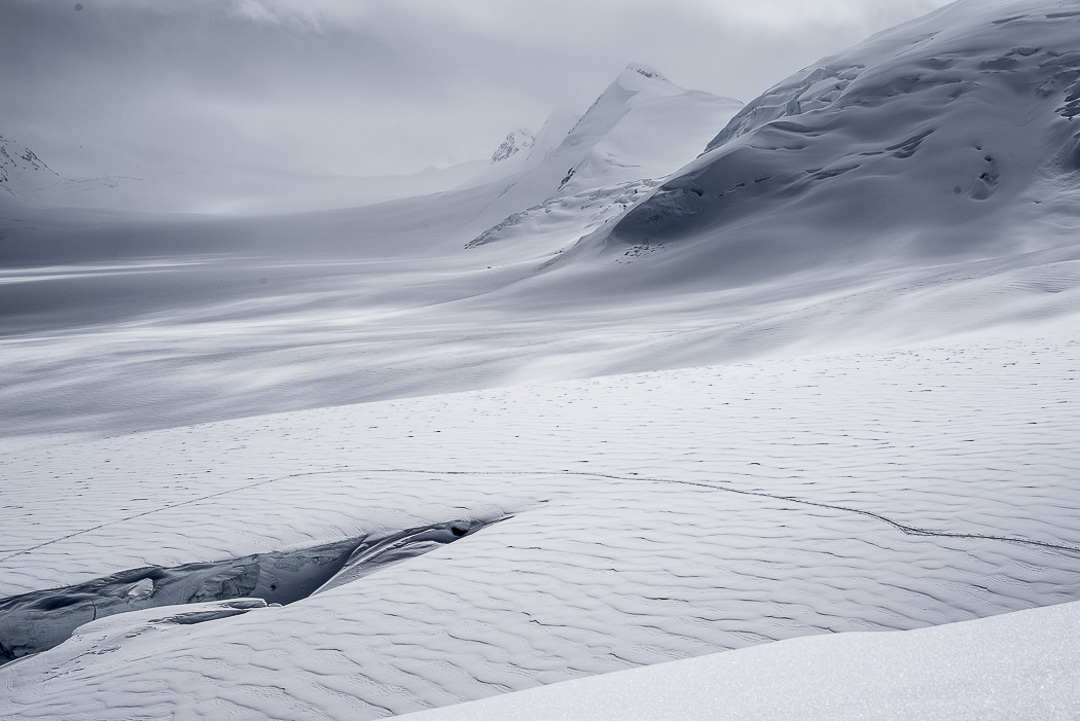The COVID-19 pandemic is in the not-so-deep recesses of our collective minds. Life shut down. Some mountains, mainly those requiring permits, were also part of the shutdown. Denali and the surrounding mountainscape were closed to permitted climbs for the 2020 season. When the climbing scene rebooted in the Central Alaska Range in spring 2021, a May 27th Denali Dispatch authored by the Denali Mountaineering Rangers caught my eye. The dispatch title was attention-grabbing: “Troubling Trends.”

Like any other magnet for humanity, Denali can be prone to our collective and individual failings. Here are some of the trends highlighted in the dispatch. However, we encourage you to read the dispatch in full.
- “We have seen a disturbing amount of overconfidence paired with inexperience in the Alaska Range.”
- “Another disturbing trend we are seeing is people attempting the summit from 14,000 feet.”
- Related to the above dynamic (a single push summit day from 14k), the dispatch states the dissolution and formation of new teams is a troubling trend.
- Of interest to skiers, the dispatch states, “We have also seen an increase of skiers aspiring for highly coveted lines off the summit such as the Messner. High elevation peaks in the Alaska Range are often wind-scoured with low snowpack, making for highly challenging, unforgiving ski conditions. Even the most experienced skiers in Lower 48 terrain get in over their heads in the Alaska Range, and conditions can change rapidly from the top to the bottom of a 5,000-foot ski run. Conditions need to be perfect for skiers to pull this off safely.”
Here’s the point: when Denali National Park’s permitted climbing season resurrected in 2021, there was likely some pent-up summit and ski descent fever.






Leave a Reply
You must be logged in to post a comment.